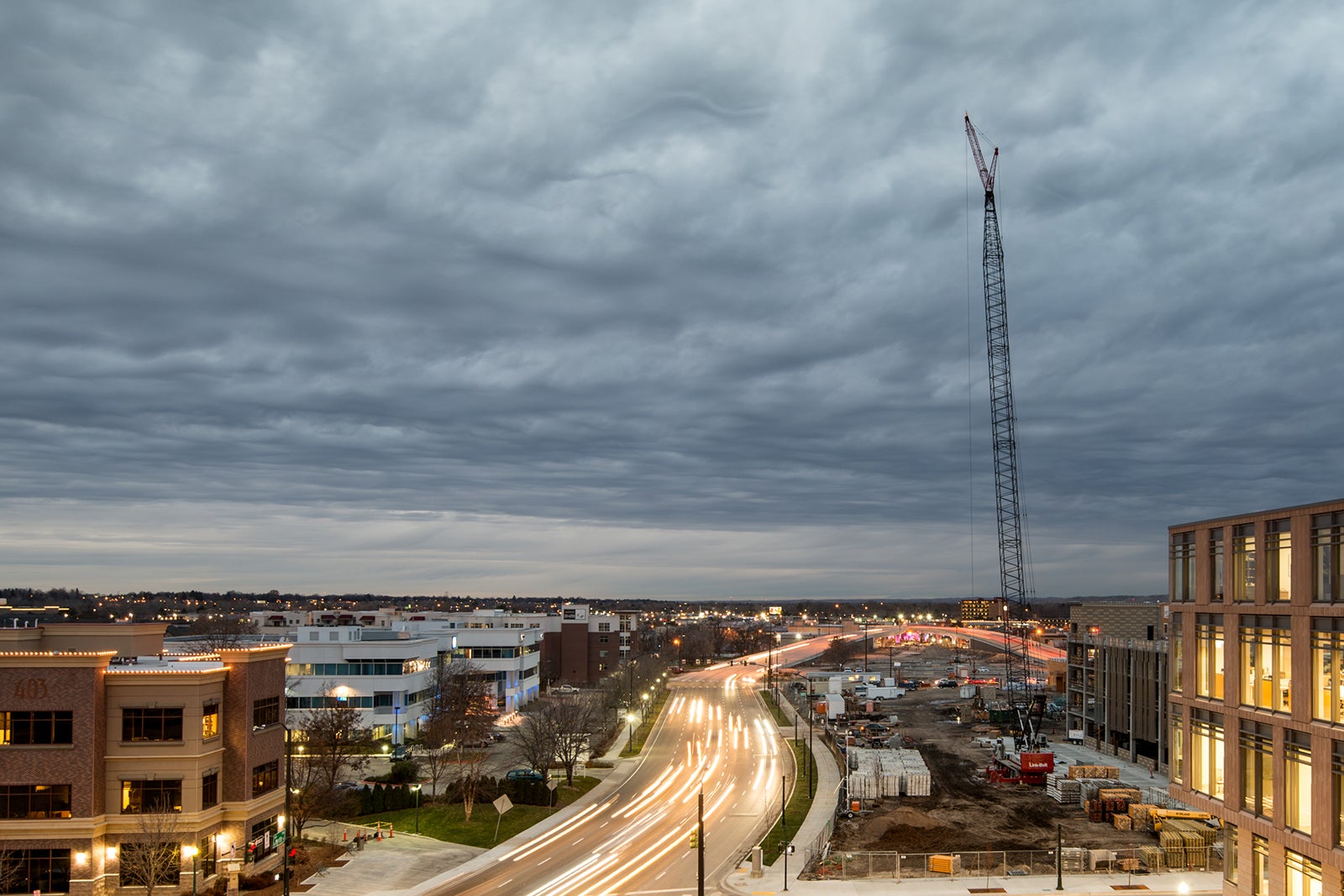
A sizeable majority of Treasure Valley residents – 75 percent – believe that growth in the Treasure Valley is occurring too fast, a number that is up substantially from the 50 percent who reported this attitude in 2016, according to the fourth annual survey of Treasure Valley residents conducted by Boise State University’s School of Public Service.
For the second consecutive year, Treasure Valley residents expressed particular concern with housing affordability and traffic congestion as it pertains to the area’s explosive growth.
“We find that concern with the pace of growth in the Treasure Valley is at a new high since we started asking about it four years ago, and traffic congestion appears to the issue drawing the most attention from people who live here,” said Jeff Lyons, an assistant professor within the School of Public Service who helped conduct the survey.
The survey, conducted Sept. 14-22, posed roughly 50 questions about Idaho growth as well as perceptions around the quality of life, education, transportation and the economy in the Treasure Valley. The results of the survey can be found here: https://www.boisestate.edu/sps/surveys/treasure-valley-survey/
Among the highlights:
Sixty-six percent of respondents do not believe that they would be able to find comparable housing that they could afford if they had to leave their current housing. Unsurprisingly, renters appear to be especially vulnerable to financial strains from increased housing costs.
A majority of people favor government action to address affordable housing (57 percent), and spending government money to incentivize more affordable housing (60 percent).
Respondents expressed broad support (76 percent) for increasing public transportation options, however a minority (24 percent) of those who currently commute by driving expressed an openness to taking public transportation themselves if the system were made more efficient.
“Although very few people currently report using public transportation to commute to work, there is widespread support for having more options,” Lyons said. “Roughly a quarter of the people who currently commute alone expressed that they might be willing to use public transportation if the system were made much more efficient, so there is some modest interest in switching transportation methods.”
One thousand people living in Ada, Canyon, Boise, Gem and Owyhee counties responded to the survey. Respondents all were over the age of 18. This was a mixed-mode survey that contacted respondents on land line phones (33 percent), cell phones (33 percent), online (33 percent), and via text message (3 percent), in order to increase coverage of the population to people who may not respond to traditional phone surveys. The survey includes a margin of error of 3.1 percent.